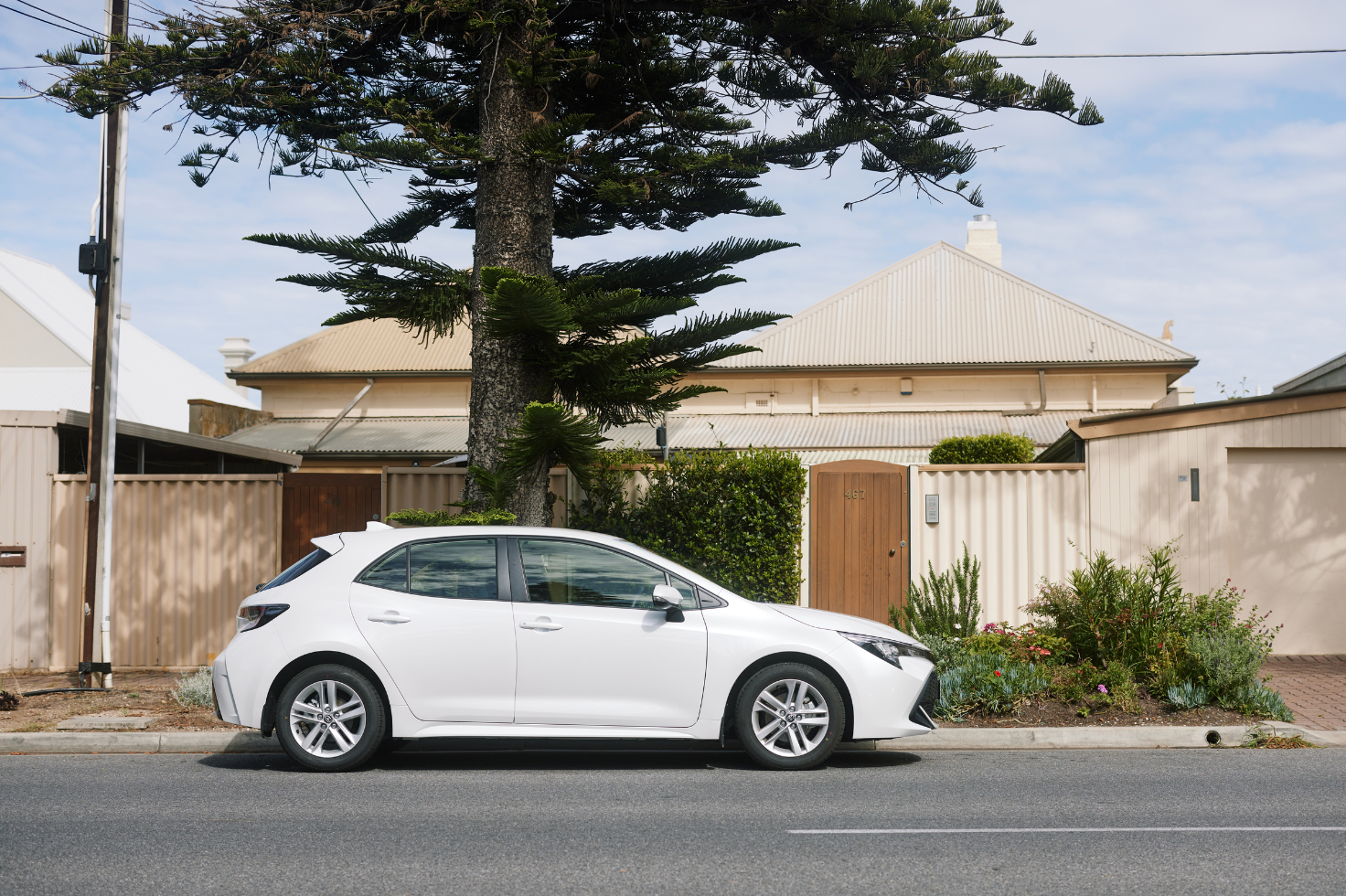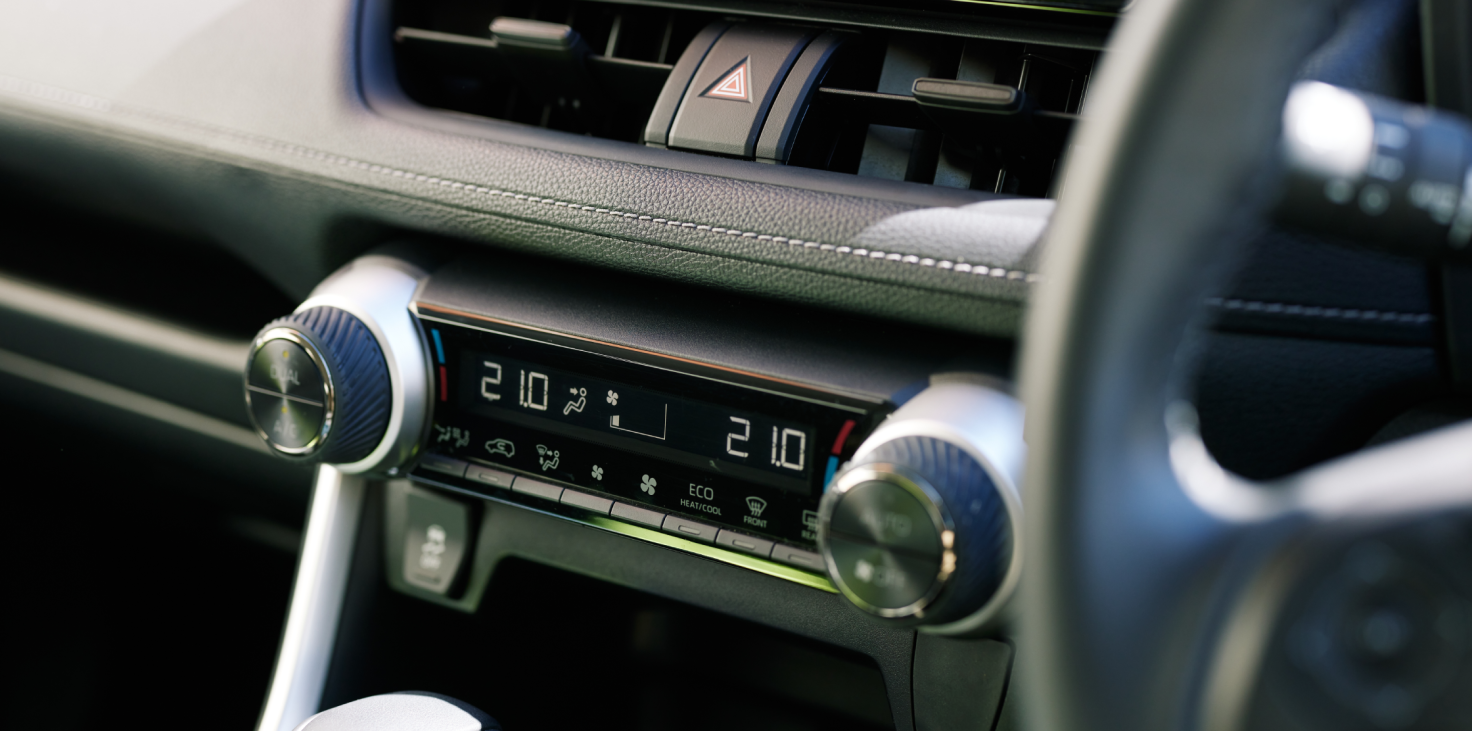This article was originally published in October 2021 and has been updated.
Share this story:
Whether you’re in the market for a new or used car, our simple 8-step guide can help you find the perfect match.
So you’re in the market to buy a car. Congratulations! It’s an exciting time, but it can also be tricky knowing where to begin or what to look out for. To help you find the perfect fit, we’ve come up with some simple guidelines on how you can find the right car for your budget, needs and lifestyle.
Hatchbacks, SUVs, Sedans, oh my! While you might dream of driving a sleek two-door sports car, if you have kids and pets, you may want to opt for a vehicle that’s a little more practical. Think about your lifestyle and how you'll use the vehicle. Will you be driving long distances or heading off road? Will you use your car to transport items or tow a caravan? How many passengers will be in your car, or will you mostly drive solo? All these factors can help you determine what style and size car you need to suit your needs.
Whether it’s top-of-the-tier safety features, a fantastic sound system, cup holders, a sunroof, or a spacious boot – get clear on your must-haves. Then, filter your search for models that include these specifications and accessories. If environmental impact and being more fuel efficient is important to you then perhaps you’d like to consider a hybrid or electric car.
How much you can afford to spend is normally central to any purchasing decision. You may be able to afford to buy a car outright or you may need to organise finance. If you’re borrowing money, consider getting pre-approval before you start shopping around. This can help you put yourself in a better position to bargain and know exactly how much you can afford to spend. Researching the best car finance can take time, so why not try comparison sites like Canstar, RateCity or InfoChoice to help you compare rates and offers.
The financial implications of buying a car go beyond the purchase price. Here’s some additional costs that you might consider for your budget:
Registration and licence fees
All vehicles driven or towed in NSW need to be registered, and is doesn’t last forever. Registration needs to be renewed every 6 or 12 months, and the cost vary based on location and car type.
Motor insurance
Car insurance premiums can vary depending on the type of cover you choose and other factors. At a minimum, all drivers need to have CTP insurance. In states like SA, QLD, WA or ACT, CTP insurance is automatically included in your registration. However, in NSW you need to buy it separately.
Car servicing and maintenance
Regular servicing and cleaning is important to make sure your car remains in good condition. Cars should be serviced every 10,000 km or 6 months (whichever comes first) and on average can cost between $220 for a minor service and $385 for a logbook service.
Other ongoing costs may include fuel, tolls, parking, loan repayments, and roadside assistance.
If you’re considering buying a used car, make sure you ask to see the vehicle’s service history. This will help you determine work work has been needed in the past, provide clues on what future servicing it might be need. You can also look into arranging a professional vehicle inspection from a qualified mechanic or to ensure its safety and reliability.
So, you’ve found a car that sparks your interest, the price is right, it looks good and drives well. But does it cut it in the safety stakes? You can check howsafeisyourcar.com.au to find out. It’s an online service for car buyers that provides independent information about the safety of new and used cars on the Australian market.
All states legally require sellers to provide an up-to-date safety or roadworthy certificate when selling and buying a registered vehicle. This certificate confirms that the vehicle meets minimum safety standards and requirements, which can vary from state to state.
The certificate covers basic things that can affect the safe running of a vehicle, including:
Keep in mind that only approved garages and workshops that have been granted permission by the state or territory transport department can carry out inspections.
One way to uncover a car’s past is to run a check through the Personal Property Securities Register (PPSR). Doing a car search on the PPSR can help you check if the car you’re looking to buy is recorded as debt free, stolen or written off.
The bottom line – don’t impulse buy. Take your time, and if you do your homework properly, you’re bound to get it right.
All content on the NRMA Insurance Blog is intended to be general in nature and does not constitute and is not intended to be professional advice.


